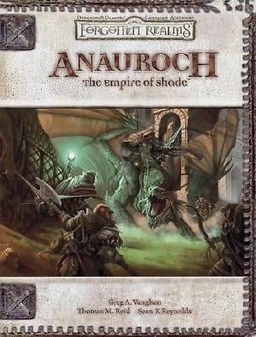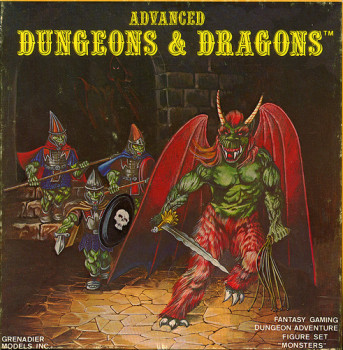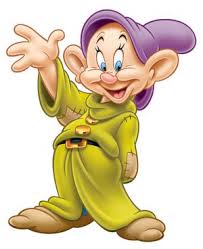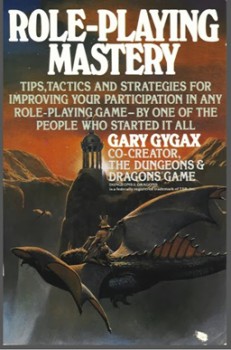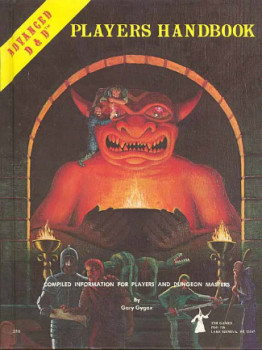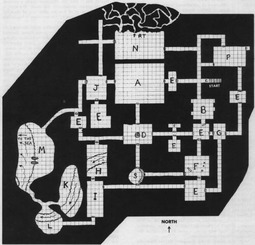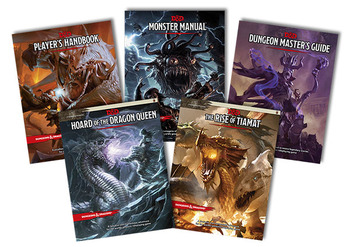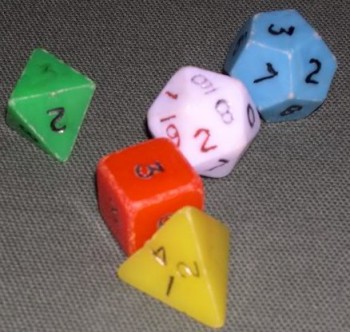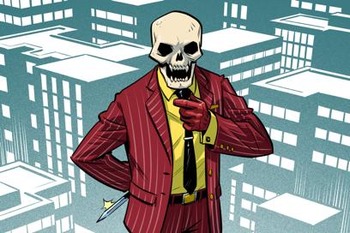Scenic Dunnsmouth
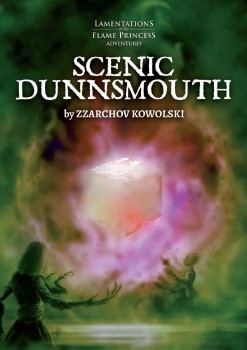 I have a complicated relationship with adventure modules.
I have a complicated relationship with adventure modules.
As a someone introduced to Dungeons & Dragons during the Fad Years of the late ’70s to early ’80s, TSR Hobbies was only too glad to satiate my appetite for all things D&D with a steady diet of ready-made scenarios to inflict upon my friends’ characters. I had a lot of fun doing so and, even now, more than three decades later, some of the fondest memories of my youth center around the adventures those modules engendered. Having spoken to lots of roleplayers over the years, I know I’m not alone in feeling this way. Indeed, I’d go so far as to say that one of the most important functions of TSR’s modules was creating common experiences that gamers across the world could share. To this day, I can mention the minotaur in the Caves of Chaos or the juggernaut from Acererak’s tomb and players of a certain vintage know exactly what I mean, because they, too, have had to deal with these threats.
At the same time, there’s a part of me – a snobbish part of me, I suppose – that looks down my nose at “pre-packaged” scenarios, seeing them as the adventure design equivalent of fast food. This elitist part of me prefers “home made meals,” created by the referee from hand-picked ingredients and prepared using original recipes. Anything less than that is a concession, whether it be to mere practicalities, such as time, or something far worse, such as a lack of imagination. Such pomposity wonders, “If you can’t be bothered to make up your own adventures, why would you dare to present yourself as a referee?”
I’ve favored each of these positions, to varying degrees, at different times in my life. It should come as no surprise that the “adventure modules are for the unimaginative” position was something I adopted most strenuously in my later teen years, whereas the “Cool! Queen of the Demonweb Pits!” position was what I adopted earlier. Nowadays, I’m more fond of adventure modules than I have been in quite some time, in part, I think, because there are a lot of really good ones being produced these days. A good example of what I’m talking about is Zzarchov Kowolski‘s Scenic Dunnsmouth, published by Lamentations of the Flame Princess in Finland.
